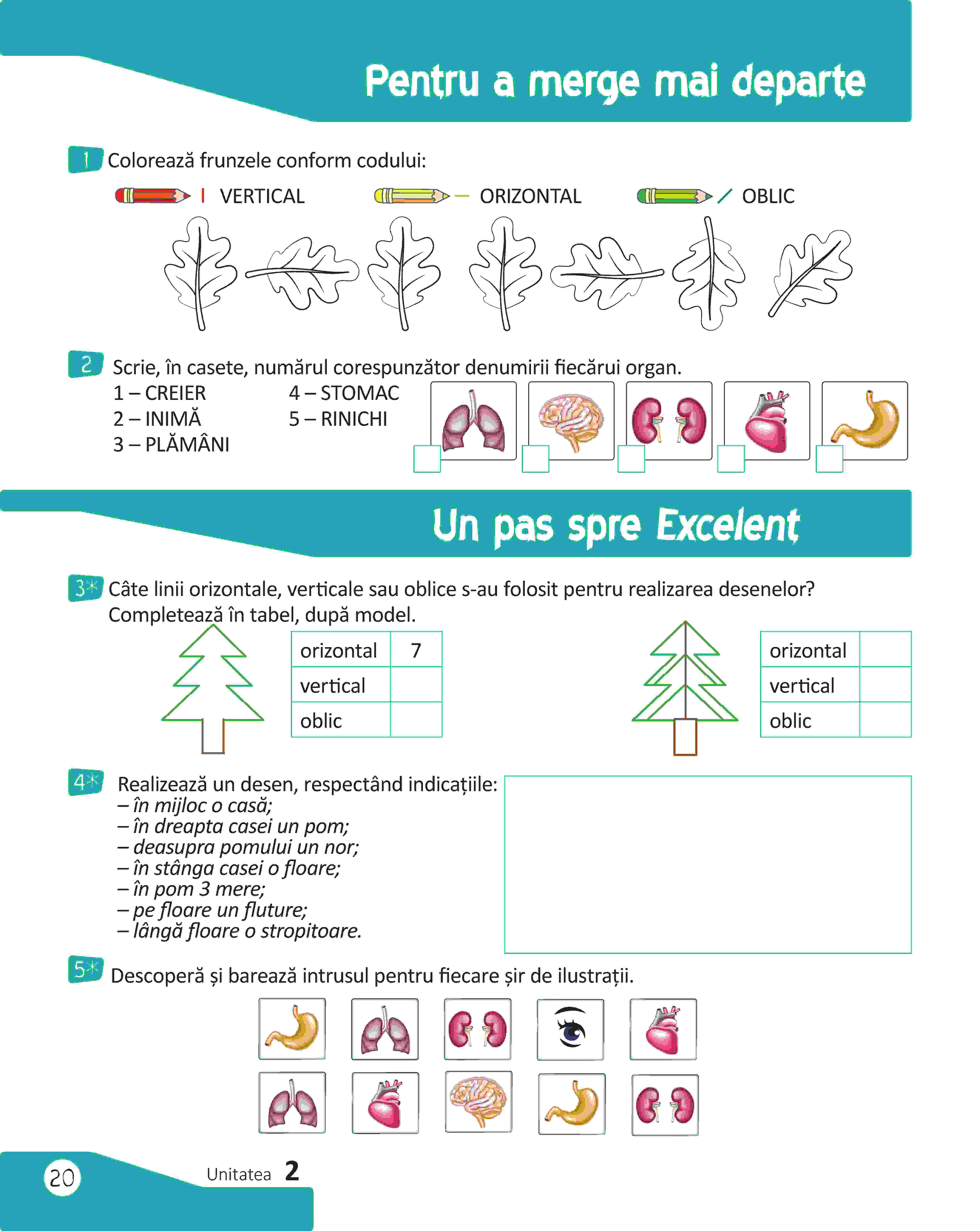

(They love that!) Or quiz them on what a child shared at show-and-tell. Or one about what students did over the summer break. You can create your own quizzes or search for ones that are already made.įor example, maybe you’ll make a Kahoot game of your classroom rules. Brain breaksīut sometimes their brains just need a break. For example, add some simple addition cards into the mix. Kids love to show something they know, right? This encourages those kids who shy away from exercises. Next pick a card and and show it but don’t say the answer. It could be jumping jacks, push-ups, or arm circles. Pull out your multiplication flashcards and name an exercise. But that’s normal! Sell it and praise them when they begin to catch on. You will need to return to this idea repeatedly. What does it mean? What does it look like? Why will they LOVE being efficient? What are the benefits?

Introduce the word efficient early in the year. After, we’ll come together and go over the work.įor this to work, you have to decide: Can you get right to work after a break? I’ll set the timer and you’ll work super hard for 15 minutes. Then, when it’s time to work, we’ll work hard but in short bursts.įor example, after a movement break, we start our math minilesson right away.

So here’s my plan: I’ll give you lots of breaks during the day so your brain stays sharp. Give me a thumbs up if it’s hard for you too … Yup! That’s what I thought! In fact, you can explain it to them outright. If kids know they’ll get Zoom activity breaks, their work time will be more efficient. Bookmark this page so you can return to it when you’re ready for more.Ĭause here’s the thing. Once your classroom management feels good, then try one of the breaks below. To learn more about the simple tweaks that rocketed my classroom management, click here. Lightness = v*lightnessMultiplier // brighter towards middleĪlpha = maxOpacity - distance*0.We all want to add fun Zoom activities but they can turn chaotic fast.įirst brush up your classroom management. The processing sketch for the background image attempts to turn these rules into code: There were very few blue stars appearing in otherwise red space. Individual stars vary in size, brightness, color (red to blue), and the surrounding clouds of gas - Clusters appear both because of accumulations of stars and because of the way they light gasses more in their vicinity - The beauty comes largely from mixed colors - "Haze" is critical - Brightness clusters into groups that feel concentric, but aren't even - Many images have darker areas around the edges vignette effect - Star colors need to "blend" with their background color.
#Three js when i zoom it breaks mac#
After almost ditching the idea right then and there when I noticed that the mac default desktop wallpaper was strikingly close to where I was headed, I continued on to notice some details about the images of space and star clusters themselves: Three.js: Post-processing & effects: dimming, blurringįirst, I spent some time looking at space. Three.js: Hit-performance with 20,000 individual points in 3D Three.js: A different brightness for each star: WebGL Shaders Kinetic.js: Hit-performance with 20,000 individual points, rendered in canvas
#Three js when i zoom it breaks how to#
Kinetic.js: How to generate suggestive-looking constellations Kinetic.js: How the "stars" are clustered Processing: a sketch that generates the background images I started in Kinetic.js, and then ditched it for Three.js so that I could get all the stars moving, and get a little more whiz-bang motion when someone touches the screen. This Instructable is about how the Galaxy is made. This fully interactive 3D demonstration will take everything your computer has to offer. For the first time, it is now small enough to work on the web. The Galaxy project has been ongoing for most of a year at this point.

It's not meant to dig into each project, but to introduce them all, and their relationships to each other. The Instructables Galaxy is one part data-visualization, and one part interactive exhibit. It's there to help answer this question for visitors who may not know or be familiar with it at all, and to give an idea of the sheer breadth of passions in our community. On this touchscreen are about 20,000 points of light, each representing a project on Instructables, the top-performing of all of our featured content. When you come to visit us at Instructables, you'll see a giant touchscreen that's tasked with aiding the explanation.


 0 kommentar(er)
0 kommentar(er)
